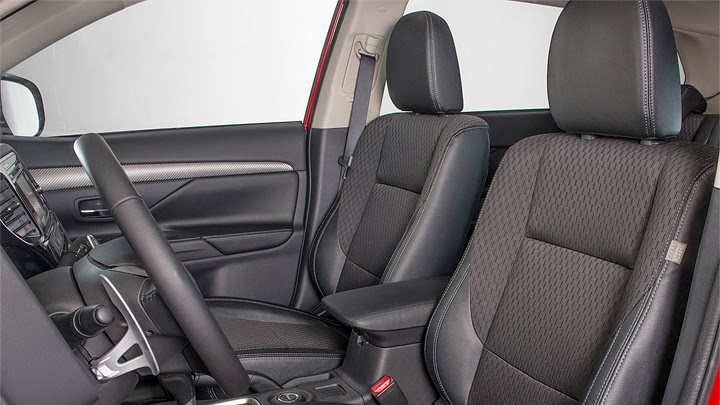
Outlander’s latest iteration was a big step towards the company’s decision on offering familiar vehicles, focused on fuel efficiency, reliable construction and roomy interior. The problem is that it followed this path as if it was opposed to its previous one. Items like aggressively-sculpted sheetmetal, sporty internal decor or the Jetfighter grille were replaced by a set of design elements which, judging by Outlander and Mirage, look excessively bland without even looking like they follow a unified language. Those who buy cars as simple means of transportation probably will only worry with what Mitsubishi has decided to highlight from now on, but it’s hard to understand why those couldn’t be combined to what has made this automaker famous all around the world.
Since Mirage belongs to the low-cost category, its public opinion is starting to appear considering other aspects too, like its cost/benefit relation. When it comes to Outlander, the truth is its situation reached a very interesting point. Customers seem to have agreed with the press about Mitsubishi’s new path meaning some right moves on one side and some wrong ones on the other. The new generation started selling well, but yet people made heavy criticisms regarded to its design. Facelifting was clearly the most adequate solution for that, because it’s able to just correct the same car’s weaknesses, without changing it to the point of being considered a whole new one and going back to the same process once again. Not to mention it’s much cheaper.







However, if you were expecting something like what Chevrolet done with the current Malibu (which, like Honda Civic, is a very similar case to Outlander’s), the pictures will make you think this blog made a mistake and used the outgoing car’s. The work here was very small, indeed, but it’s also true that it was done in some “key points”, and this is what makes it interesting. In the front, using more horizontal lines made the upper grille look simpler, which is the same feeling that comes from the body-colored section below the lower one changing to black. The car has fewer tiny details to look at now, so it was able to look more solid. The other updates are silver-painted roof rack, LED tail lights and new wheels.
The internal part received nothing but tire-pressure sensor and shift indicator as standard (the latter item coming only with the manual gearbox), along with revised chassis and suspensions, which are claimed to make Outlander more comfortable, and an improved CVT transmission. This facelift started to appear in Australia and Poland. Those markets will sell the updated car along with its electric version, which seems to have remained untouched. Other countries should receive during the following months, and since this generation isn’t even three years old, there are no expectations of any heavier changes coming soon.